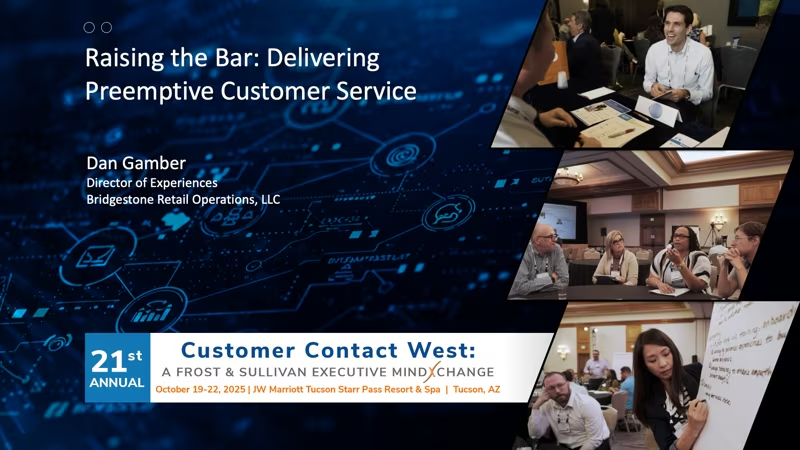In this new world of remote work, an increasingly large number of companies appreciate that greater employee engagement is a key component of maintaining a happy, high-performing remote workforce. As a result, there is fairly substantial literature online about how to engage employees, but much less literature on how you can track whether employees are indeed engaged and whether your engagement efforts are bearing fruit. This knowledge is crucial to ensuring that your employee engagement efforts are not in vain.
What is “Employee Engagement?”
According to Investopedia, employee engagement is “a business management concept that describes the level of enthusiasm and dedication a worker feels toward his/her job. Engaged employees care about their work and about the performance of the company, and feel that their efforts make a difference.”
Itis worth noting that employee engagement involves multifaceted, multidimensional aspects that need to be taken into consideration in order to get a full picture of how employees feel about a company. Employee engagement is primarily an emotional connection, therefore, involving a long line of intangibles. There is thus an intrinsic need to translate these multifaceted intangibles into something more quantifiable in order to take action on them.
Tips for Tracking Employee Engagement
1. Create a culture rubric for your organization
Consider four to six key concepts or principles that encapsulate what you value most in your work culture and ensure those pillars are well-defined and clearly tied to operational goals. Next, challenge your employees to rate themselves at the end of every month (scale of 1-5) based on how well they exemplify each pillar and why, reserving final judgement for their supervisor. You can then average these scores over time to create an internal culture metric to which employees can be held to account. This not only metricizes culture, but also gets employees and supervisors actively thinking about it and evaluating themselves against company standards.
2. Track employee participation
Consider the ways you engage with employees – events, email communications, internal messaging channels, questions in company stand-ups – and identify a means of tracking participation in those areas, just as you would if you were tracking customer behaviors. Perhaps you track percentage of attendance at events, open and click rates on emails, or commenting or acknowledging notifications in internal messaging channels. Greater involvement is a sign of greater connection among your employees.
3. Survey your employees on a weekly basis
Survey your employees ANONYMOUSLY on a weekly basis to get a regular pulse on feelings, revolving through a series of questions that cover a large number of areas that touch on the employee experience (workflow, management support, daily stress, work purpose). Make sure you allow free-form comments for textual analysis purposes. Above all, beware of larger, single-value surveys (like ENPS) that are good for marketplace comparison purposes but don’t address emotional complexities.
Tips for Measuring Employee Engagement
1. Dig deep into culture data
Ensuring your data is multifaceted and traceable at least to different groups (teams, offices) while still anonymous, allows you to dig deep and learn insights – and to avoid “the one big metric.” Ideally, break down data by such dividing lines as groups/functions, office locations, demographic (gender, ethnicity) – therein lie the learnings! Consider tracking scores associated with comment data separately from general scores, as this indicates intensity and is a good “canary in the coal mine.”
2. Publicize culture data and take action
Create an open forum for publicizing survey data so employees know where the team stands and key opportunity areas. Publicizing data shows employees you care about their opinions and encourages participation. Better still, commit to a public goal for data improvement and make a “Commitment Pledge” to provide QCRs (Quarterly Culture Reviews) and pledge action on feedback within the succeeding quarter. The more you show you care about feedback, the more worthwhile feedback you’ll receive – a most virtuous cycle.
3. Champion culture data as a key metric
Elevate culture data (employee culture scores and survey scores for supervisors) as a KPI alongside other typical performance indicators. For regular employees, incorporate their self-scoring vis-a-vis your internal culture rubric into their annual/biannual reviews and set a numerical goal. For leaders, hold them accountable for maintaining an average team survey score within a limited variance from their local office or departmental average. Regardless of your ultimate decision, employees need to know that culture is “on the radar” rather than a tangential extra.
4. Recognize and incentive based on culture data
Create an incentive system based on culture data and/or tie culture data into your current system. Perhaps you empower leaders to recognize people based on the company culture rubric and award incentives for recognitions and top monthly/quarterly/biannual performers. Another idea is to reward leaders with the highest team culture score based on employee surveys, or reward employees with the highest self-reported culture scores every month, per the rubric concept mentioned above.
Conclusion
At the end of the day, the major points for tracking employee engagement are these:
- Metricize culture and turn qualitative intangibles into quantitative insights
- Treat your employees with the same data-centered approach with which you treat your customers
- Tie culture to performance reviews and incentive structures
- Don’t just collect culture data – publicize it and take action on it!
Colin has spent over 12 years in senior leadership roles in e-commerce customer service, innovating his way across the digital landscape. He previously led specialized customer support for the e-commerce giant TicketNetwork, founded and directed the world-class customer support infrastructure at the food tech company Freshly, and is currently Senior Vice President, Head of Customer Experience, at the financial wellness company Albert. Colin specializes in building customer service departments from the ground-up, with a focus on scalability, infrastructural agility, technological innovation, and gold-standard quality and efficiency. Colin is also an award-winning playwright whose plays have been performed across fifteen states, as well as New York City and London.



